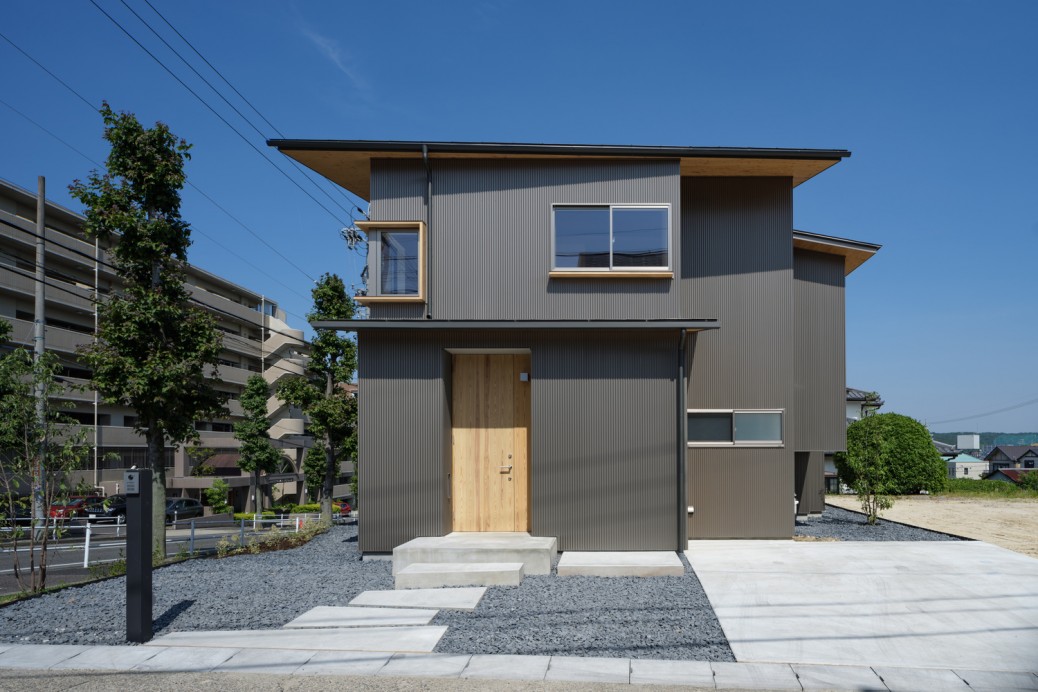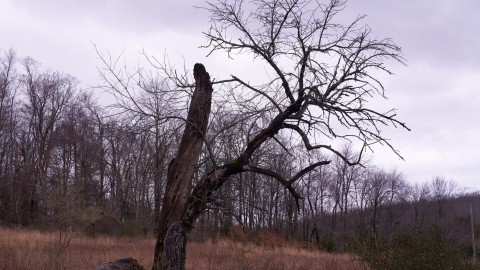Knowledge, Information and Experience
A Brief History Of Houses:
Prehistoric Houses:
Ice age humans lived in caves some of the time but they also made tents from mammoth skins. Mammoth bones were used as supports.
Ancient Houses:
The first civilization arose in Sumer (which is now Iraq). Below the king were nobles and rich merchants who lived in considerable comfort in large houses with many rooms. Their houses were two story high and they were arranged around a courtyard. However poor people lived in simple huts.
Another civilization arose in the Indus Valley. Its center was the city of Mohenjo-daro. The city consisted of two parts. In the center part was a citadel. It contained a public bath and assembly halls. It also held a granary where grain was stored.
16th Century Houses:
In the Middle Ages rich people’s houses were designed for defense rather than comfort.
17th Century Houses:
In 17th century England ordinary people’s houses improved. In the Middle Ages ordinary people’s homes were usually made of wood. However in the late 16th and early 17th centuries many were built or rebuilt in stone or brick. By the late 17th century even poor people usually lived in houses made of brick or stone. They were a big improvement over wooden houses. They were warmer and drier.
18th Century Houses:
In the 18th century a small minority of the population lived in luxury. The rich built great country houses.
19th Century Houses:
In the early 19th century houses for the poor in Britain were dreadful. Often they lived in ‘back-to-backs’.
In the early 19th century skilled workers usually lived in ‘through houses’ i.e. ones that were not joined to the backs of other houses.
In the late 19th century workers houses greatly improved. After 1875 most towns passed building regulations which stated that e.g. new houses must be a certain distance apart, rooms must be of a certain size and have windows of a certain size.
20th Century Houses:
At the start of the 20th century working class homes had two rooms downstairs. The front room and the back room. The front room was kept for best and children were not allowed to play there. In the front room the family kept their best furniture and ornaments. The back room was the kitchen and it was where the family spent most of their time.
In the early 1950s many homes in Britain still did not have bathrooms and only had outside lavatories. The situation greatly improved in the late 1950s and 1960s. Large-scale slum clearance took place when whole swathes of old terraced houses were demolished. High-rise flats replaced some of them.
House is Sacred Space where you can find yourself again and again.
The importance of home:
No matter what place you call home, the very word strikes a chord deep inside each of us. Home means sanctuary, the place we can rest, relax, enjoy time with friends, learn, grow … and just be. Our homes say a lot about who we are and what we think is important in life.











